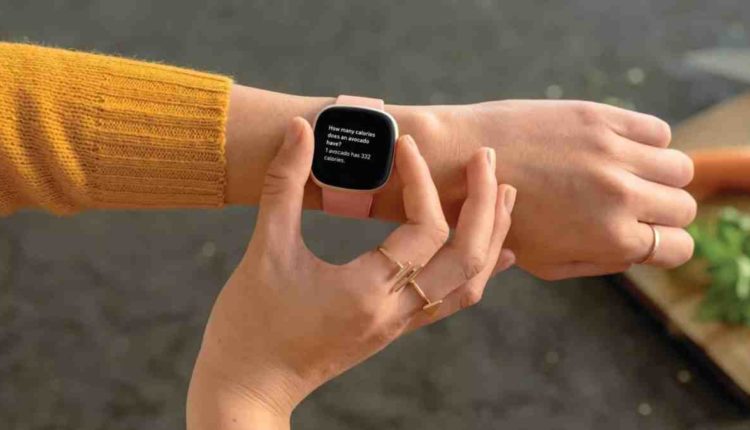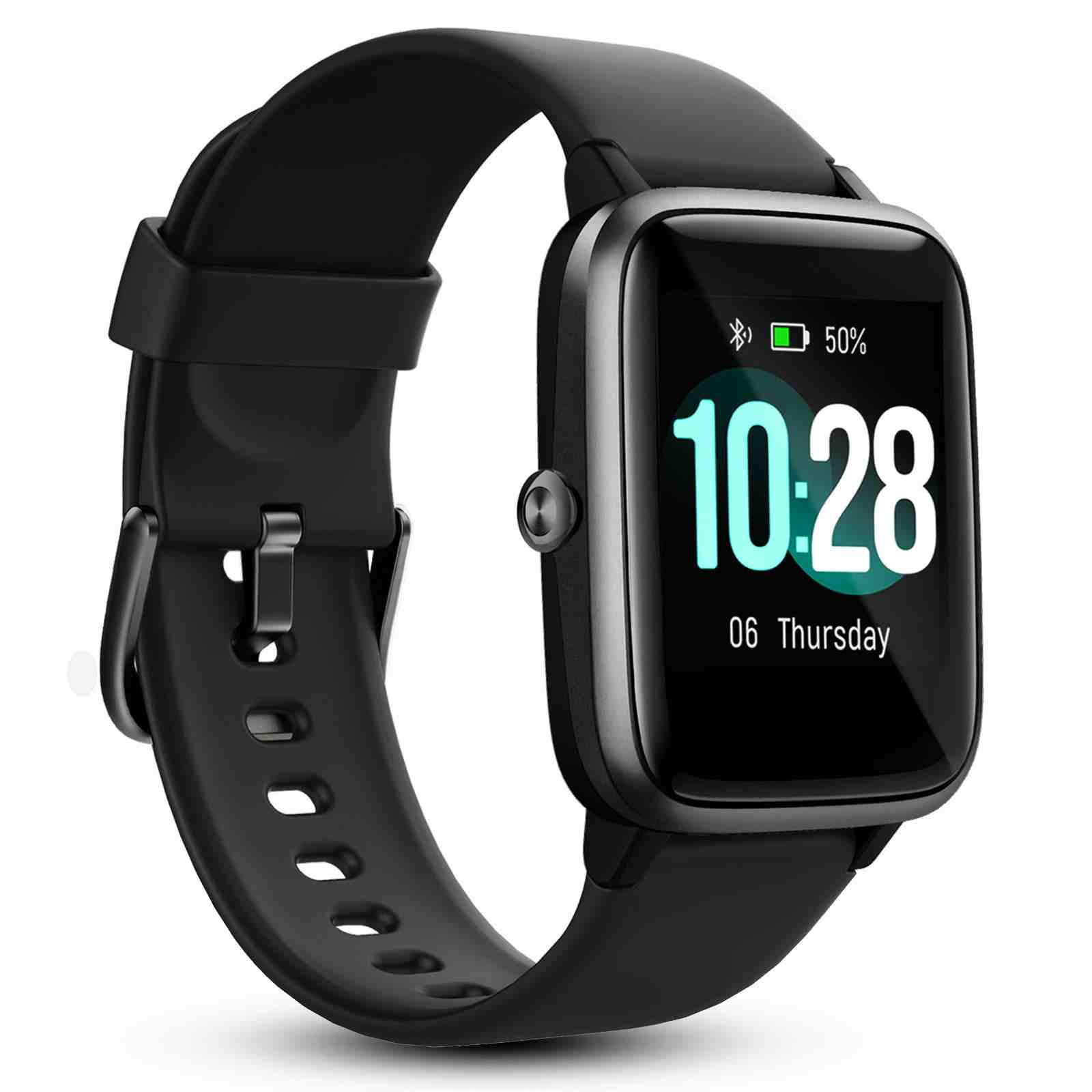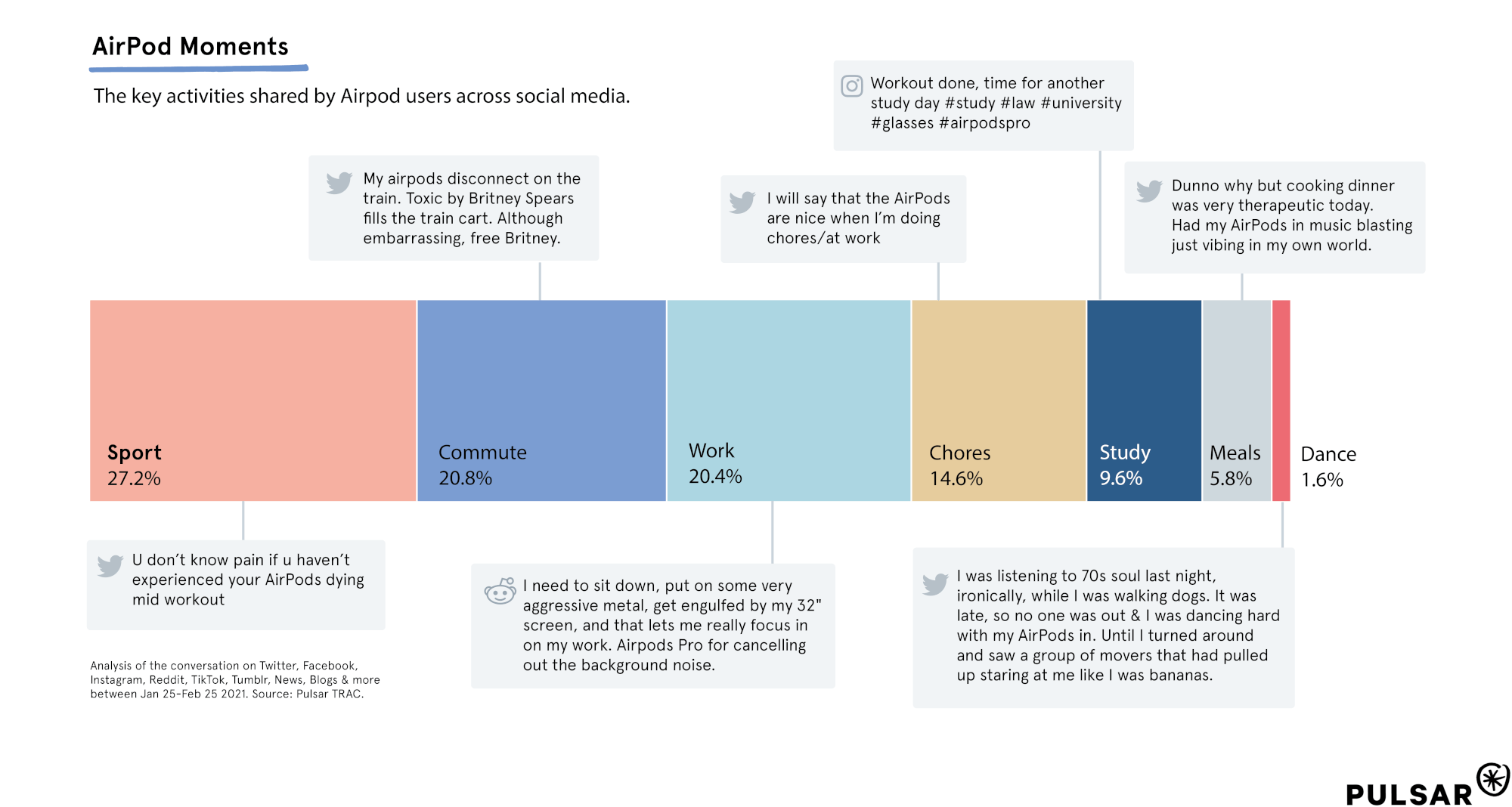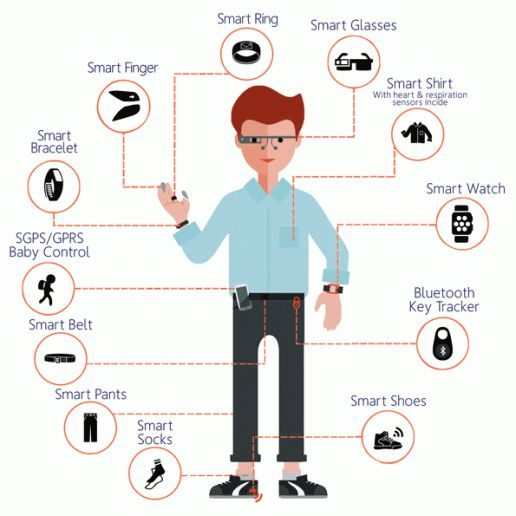How many wearable devices are there?
Are AirPods Hearables?
Contents
- 1 Are AirPods Hearables?
- 2 What are wearables used for?
- 3 Which is a number 1 wearable brand globally?
- 4 Which of the following is a wearable computer?
This means that & quot; audible & quot; they include wireless headphones that you see everywhere (e. On the same subject : What is the future of wearable technology?.g. Apple AirPods), Bluetooth headphones, and many modern models of hearing aids.
Do AirPods fall easily? Like regular EarPod headphones, AirPods will feel loose, but will never fall out of your ear. They didn’t feel so loose that Aaron would be forced to hold the devices back to his ears. AirPods could do a little better when running, as you don’t have the weight of the cable that pulls the headphones.
Are AirPods scratch resistant?
AirPods are prone to scratches because the case material is soft plastic and has a very smooth surface. Read also : What is the difference between wearable computing and mobile computing?. When you try to remove scratches from the AirPods, you will need the necessary items to achieve this purpose: P2000 grit sandpaper.
Can you damage your AirPods?
If you need to replace one or both of your AirPods or charging case due to physical damage, you can replace any damaged item for out-of-warranty payments.
Are AirPods fragile?
No, AirPods wouldn’t break even if you drop them from a height of 10 feet. Many fall testers on YouTube have proven that AirPods headphones are built to withstand falls from multiple meters and can withstand a large amount of unintentional abuse.
Do AirPods send out radiation?
No, AirPods do not transmit dangerously high electromagnetic or radio frequency waves. This may interest you : What are the benefits of wearable technology?. AirPods expose users to electromagnetic waves that are far below the FCC limit that all wireless devices in the U.S. must comply with.
What are the side effects of using AirPods?
But after a few weeks of using them, I started to notice a worrying pattern.
- Whenever the Airpods were in my ears for over an hour or more, I noticed that I felt spacious, lacked focus, and was in a bit of a mood.
- High average intensity.
- Consistent field intensity.
- Proximity to the brain.
How safe are AirPods?
Apple’s new AirPods use Bluetooth technology to communicate with your iPhone. Health and radiation experts say the devices are safe to use.
Are AirPods traceable?
Use Find My to see your AirPods, AirPods Pro or AirPods Max on the map and play audio to find them. If you’ve already set up Find My with the iPhone, iPad, iPod touch, or Mac you’re using with your AirPods, Find My can help you find them.
Do the AirPods get tracked or the case?
The reason why earplugs can be traced, and not the matter, relates to design. AirPods are equipped with sensors that help Apple triangulate their location on the map. In contrast, the rechargeable case contains only the extra battery and additional components needed for wireless charging, and none helps determine location.
Can someone track AirPods I found?
If your AirPods were connected to a device that uses Find My, you should see them on the list with other devices. You can track your AirPods when they have an active connection to one of your Apple devices. This happens when one or more of your AirPods is out of the box and within range of your device’s Bluetooth.
What are wearables used for?
Wearable devices are electronic technology or devices built into objects that can be comfortably worn on the body. These wearable devices are used to track real-time information. They have motion sensors that record a snapshot of your daily activities and synchronize them with mobile devices or laptops.
How do wearable tools help in everyday life? Many wearable devices allow you to monitor your physical activity and store it for later viewing. This can be a great resource that allows us to set short-term and long-term goals and monitor their progress.
What are 5 benefits of wearable technology?
Start observing these 5 positive changes with wearable devices
- Increased productivity. Wearable models have a wide range of features that ensure increased production by 15% ¹. …
- Increased speed. Every second counts in the workflow. …
- Superior precision of tasks. …
- Exceptional wireless readability. …
- Increased awareness of workers.
What are the benefits of wearable technology?
The wearable technology is easy to use. They are lighter, smarter and more comfortable than ever. They are also easy to set up, as most devices integrate seamlessly with your smartphone or operate on their own. Most wearable, if not all, offer easy portability and greater user-friendliness.
Who benefits from wearable data?
Benefits of wearable technology The report states that three segments benefit from wearable technology: healthcare providers, healthcare payers and patients. As already mentioned, wearable technologies are on the market, but with the possible exception of the popular Fitbit, they are not yet mainstream medical devices.
What are some examples of wearables?
Your Apple Watch and Fitbit are classic examples of wearable technology, but they’re not the only devices evolving today. In addition to smart watches, VR and AR technology, smart jackets and a wide range of other accessories lead us to a more connected lifestyle.
How many wearable devices are there?
The number of connected wearable devices worldwide has more than doubled in three years, rising from 325 million in 2016 to 722 million in 2019. The number of devices is expected to reach more than a billion by 2022.
What are the smart wearable devices?
Smart watch. Smart watches are the most common form of wearable technology. With Motorola introducing its sleek Moto 360 and then the second-generation Moto 360 and the Apple Watch, smartwatches are by far the most popular wearable device among the masses. And obviously so, because a smartwatch is where technology meets fashion.
Why is wearable technology useful?
Wearable technology keeps us safer Because people are constantly watching their devices on the go, things can become dangerous, for example when walking or driving. Instead, devices like Bluetooth headsets allow you to talk hands-free on the phone while still focusing on the tasks ahead.
How does wearable tech improve lives?
The wearable devices available today can monitor our sleeping habits, track our heart rate and blood sugar levels, record our physical activity and help our doctors and better understand our health.
Which is a number 1 wearable brand globally?
| The company | 4Q21 Shipments | Annual growth |
|---|---|---|
| 1. Apple | 59.7 | 7.3% |
| 2. Xiaomi | 14.6 | 7.9% |
| 3. Samsung | 13.6 | 3.8% |
| 4. Huawei | 11.5 | 35.6% |
Who are the biggest players in wearable technology? Some prominent players operating in the global wearable technology market are:
- Apple Inc.
- FitBit Inc.
- Sony Group Corporation.
- Garmin doo
- Samsung Electronics Co. Ltd.
What company is the leader in wearable technology?
In 2021, Apple was the leading wearable retailer thanks to the successful launch of the Apple Watch on the smartwatch market. The smartwatch market is a promising segment in the wearable watch industry, as global smartwatch shipments have increased in recent years.
Who are the world’s biggest wearable tech buyers?
From Fitbit to Apple’s smartwatch: wearable technology is becoming increasingly popular around the world. Early users of new technology, the world’s wealthy are at the forefront of purchasing wearable technology, ownership in Spain, Turkey and the US reaches more than 30%.
What company makes wearable technology?
FitBit. As the first company to introduce wireless synchronization with wireless devices, FitBit has been at the forefront of wearable healthcare technology for years. One of his latest wearable devices, the Versa, includes a heart rate monitor, sleep tracker and on-screen exercise.
What is the most popular wearable?
Wearable segments Currently, the most successful wearable devices on the market are smart watches and health and fitness trackers, with relative newcomers that can be heard being taken as the most dominant category.
What is the most common wearable device?
Smartwatches are probably the most commonly known and most widely used smart wearable devices in the workplace today. Connecting a smartwatch to a smartphone allows the user to read and send new messages from their watch, eliminating the need to hold and view the phone.
Which of the following is a wearable computer?
Some popular examples of wearable devices include Apple Watch, Google Glass and Fitbit.
What is the case of a wearable computer? Wearable equipment is usually worn on the wrist (like a smartwatch), attached to the arm, on the head, or hung around the neck. The Apple Watch (pictured above) is an example of a wearable computer. Examples of wearable computers: Smart watches – modern smart watches have a local touch screen interface for everyday use.
What are two types of wearable computers?
There are two main types of HMD, monocular and binocular. Monocular screens mounted on the head have a screen in front of one eye. As for HMD binoculars, they have a screen along with a lens in front of each eye. An example of a monocular screen is Google Glass.
Which is an example of a wearable device?
Your Apple Watch and Fitbit are classic examples of wearable technology, but they’re not the only devices evolving today. In addition to smart watches, VR and AR technology, smart jackets and a wide range of other accessories lead us to a more connected lifestyle.
What are wearable computers answer?
A wearable computer is a computer to be worn on the body, such as the wrist. It allows you to work, communicate, have fun directly while providing mobility and hands-free and / or eye-free access to the device. A clear specification and standards for what a wearable computer is are not yet available.
What is wearable computing in mobile computing?
Wearable computing is the use of a miniature, body computer or sensory device worn on, over, under, or embedded in clothing.
What are wearable items?
Wearable technology, also known as “wearable devices,” is a category of electronic devices that can be worn as accessories, embedded in clothing, embedded in a user’s body, or even tattooed on the skin.
Sources :




Comments are closed.